Why so many kinds of hooks in Japan?
There are many kinds of hooks in Japan.
Since angling became a kind of a leisure activity in the Edo period, there came a lot of shapes of hooks.
In a fishing guide book, Kasenroku, written in 1723, the author recorded the various kinds of hooks. This book was written by an author who lived in the Edo area. And it described various fishing techniques for the target fish of the area. There, one of the popular targets was Smelt Whiting (Sillaginidae) then, and many points are about this fish. What interests us here is that it shows a lot of different hooks, mostly for Smelt Whiting and for some others.

Hooks from left to right; 1st, for offshore hand fishing, 2nd and 3rd, for Smelt Whiting. Image from this digital archive.

From left to right; 1st to 6th all for Smelt Whiting, 7th and 8th for general Edo area sea fishing, 9th for Smelt Whiting in the spring season. Image from this digital archive.

From left to right; 1st hook for Pale Chub (Zacco platypus), 2nd for Crucian Carp (Carassius), 3rd and 4th for general Edo area fishing, 5th and 6th for Smelt Whiting, 7th to 9th for general, 10th for Smelt Whiting. Image from this digital archive.

From left to right; 1st hook for Smelt Whiting, 2nd for offshore hand fishing, 3rd for general, called Heron shape, 4th for the longline fishing, 5th for eel, 6th and 7th for balloon fish, 8th for general, 9th for carp. Image from this digital archive.

Left page shows the rig (hook) for octopus. On the right page, from left to right, 1st one is for deep sea fishing, 2nd is eel fishing rig, 3rd hook is general. Image from this digital archive.
Why so many?
As you can see above, there are many different shapes. It is very interesting that all of them are hooks with a high reputation in the results of fishing.
The reasons why there are so many different shapes are 1) anglers had enjoyed thinking about particular fish and 2) the hook material tended to be softer and it allowed many people to try different shapes.
The background of the first reason is that, in the Edo period, there were many people who did fishing for their leisure activities. They were often the warriors (Samurai) of the government or certain organizations. As the Edo period enjoyed a long period of peaceful decades, these Samurai had less obligations and had a lot of freetime. This gave many warriors occasions to enjoy their leisure time, one of their activity alternatives was angling (rather than fishing.) They ate their catch, of course, but to eat them or to sell them was not their main purpose. They could live by their income as a warrior, anyway.
The 2nd reason is about the steel material. The steel material was not abundant in Japan. And it made the metal expensive. Anglers wanted to have the hooks hard enough, which did not break easily and did not get straightened easily. Because the material of steel was hard to get, anglers in the Edo period needed to consider saving their hook, in addition to taking the hardness into account. Their choice was to make the hook softer. It allowed them to keep their hook even if it was snagged. It increased the possibility to open the hook when the hooked fish was too big, but it was not a big concern since their favorite target fish was not a monster fish.
Additionally, it gave these anglers another opportunity to adjust or re-adjust the hook shape. It made many varieties of shapes and provided them with a good laboratory for hooks. There were fishing competitions and it surely enhanced the comparison of hooks, which drew a lot of attention from anglers then.
Basic 5 shapes
With all the experience and experiments of our fisherman ancestors, in Japan, now there are 5 main categories of hook shapes.
The 1st one is called Iseama.
It has a more round shape, with a large gape. The shank length is relatively shorter than other types. Many hooks of this type have thicker wires. In Japan, it is mostly used for saltwater fishing.

Image is from this site.
The 2nd type is called Sode.
Its total shape is more slim and long. It has thinner wire, and the direction of the hook point is close to parallel to the shank. This shape is mostly used for smaller freshwater fish, in Japan.

Image is from this site.
The 3rd shape is called Ryusen.
This hook has a much longer shank, to hold the baits like live worms. The shank bends into the direction of the hook point, to make the total shape longer. This hook is designed to allow fish to swallow the bait easily. It is used for smaller fish which eat worms, and often for surf casting.

Image is from this site.
The 4th type is called Maru-seigo.
It is the mixture of Iseama and Ryusen, and has stronger wires with a slimmer total shape. It has the balance between characters, easy to get swallowed and easy to hook. The hook point direction is inward and this hook is better to prevent snags.

Image is from this site.
The 5th type is Mutsu.
It is a circle hook (or hook with hollow hook point), which assures the hooking on the fish lip, avoids the unnecessary snag, and keeps the bait on the hook as long as possible.

Image is from this site.
There are a lot of hooks in Japan, but these are based on the above shapes and many individual products are often the variants. These can be variations; eye types (flatted or ring), barbs (with or without, barbs on shanks etc.), hook point types (spear, needle, hollow, etc.), twists (right or left), wire thickness, surface treatment (chrome, dark chrome, gold, red, etc.).
The selection of hooks is one of the most important and fun parts of Japanese traditional fishing. This has been so since the Edo period or even longer ago. What we see here in Japanese fishing shops now are the results of the efforts of our ancestors.
Why don’t you open your tackle box and look at your hooks, and compare it with traditional Japanese ones? It may give you a new insight about your fishing.
Additional images uploaded on 11th May, 2023
These are pictures shown in the book published in 1906. You can view this book in this archive.
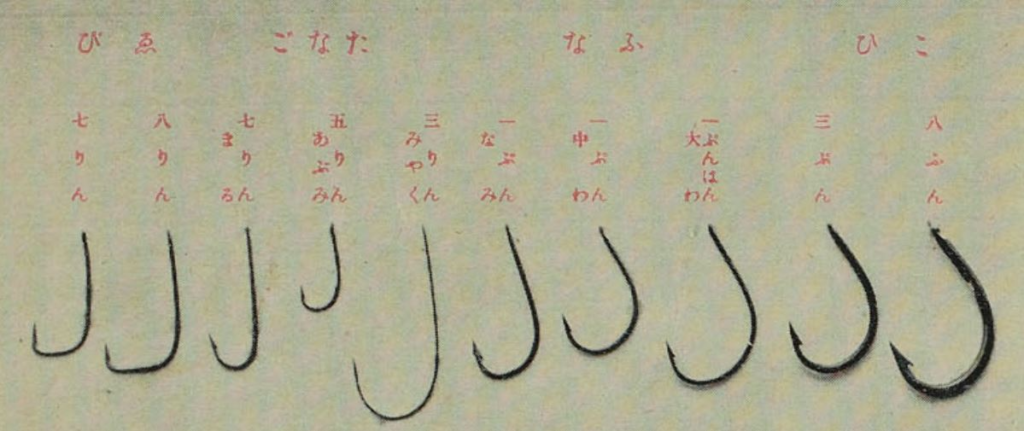
From left to right; 1st and 2nd for shrimp, 3rd and 4th for bitterling, 5th to 8th for crucian carp, 9th and 10th for carp
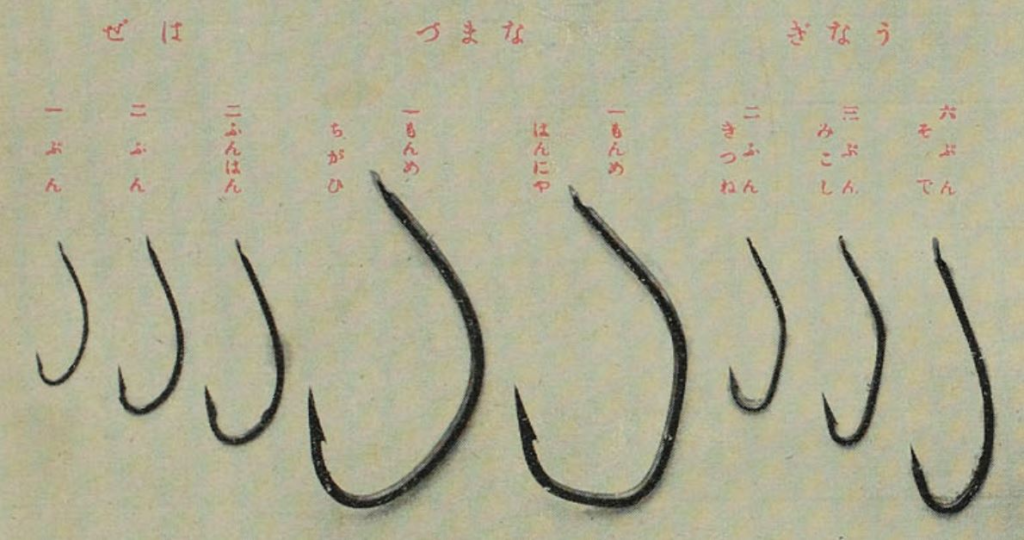
From left to right; 1st to 3rd for gobi (saltwater), 4th and 5th for catfish, 6th to 8th for eel
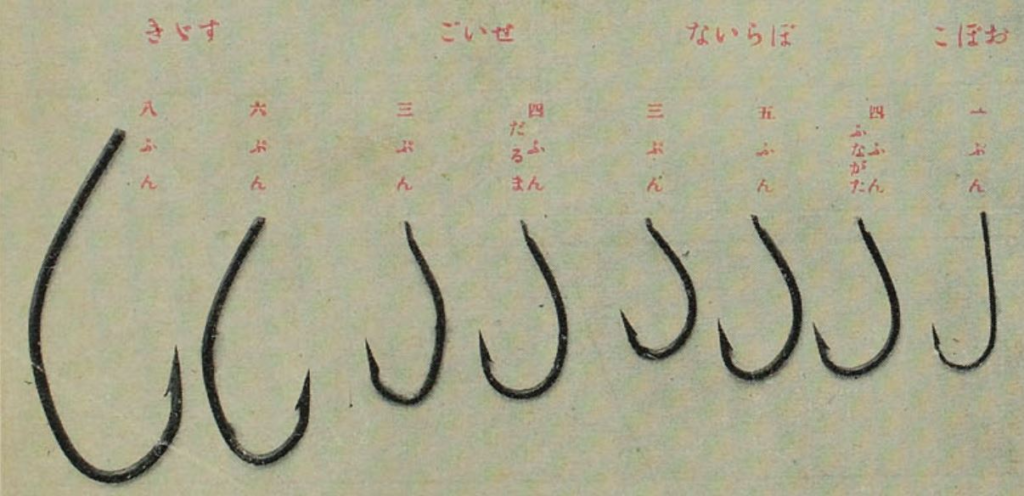
From left to right; 1st and 2nd for sea bass, 3rd and 4th for smaller sea bass, 5th to 7th for mullet, 8th for smaller mullet
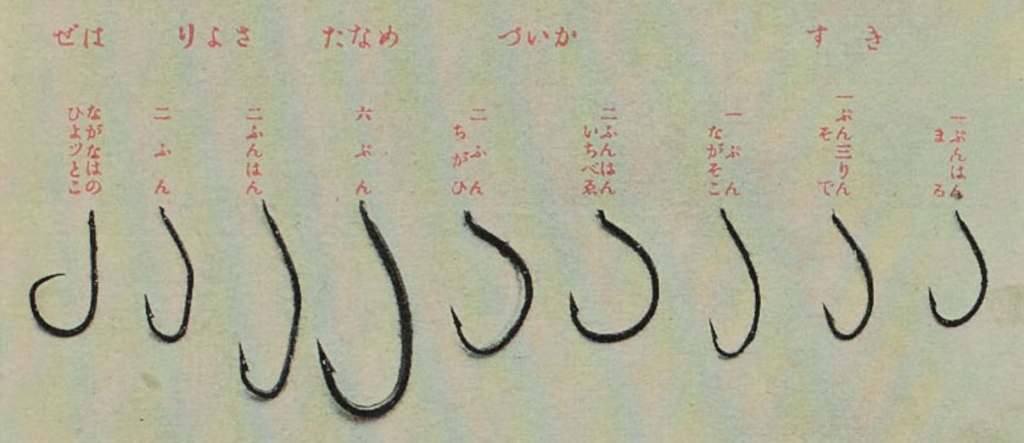
From left to right; 1st for gobi, 2nd and 3rd for Japanese halfbeak, 4th and 5th for small blackhead seabream, 6th to 8th for smelt whiting.
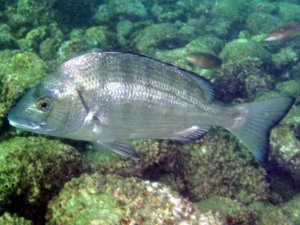
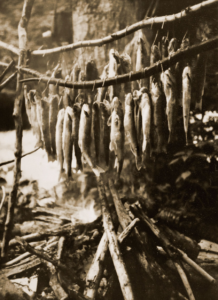
3 thoughts on “Why so many kinds of hooks in Japan?”